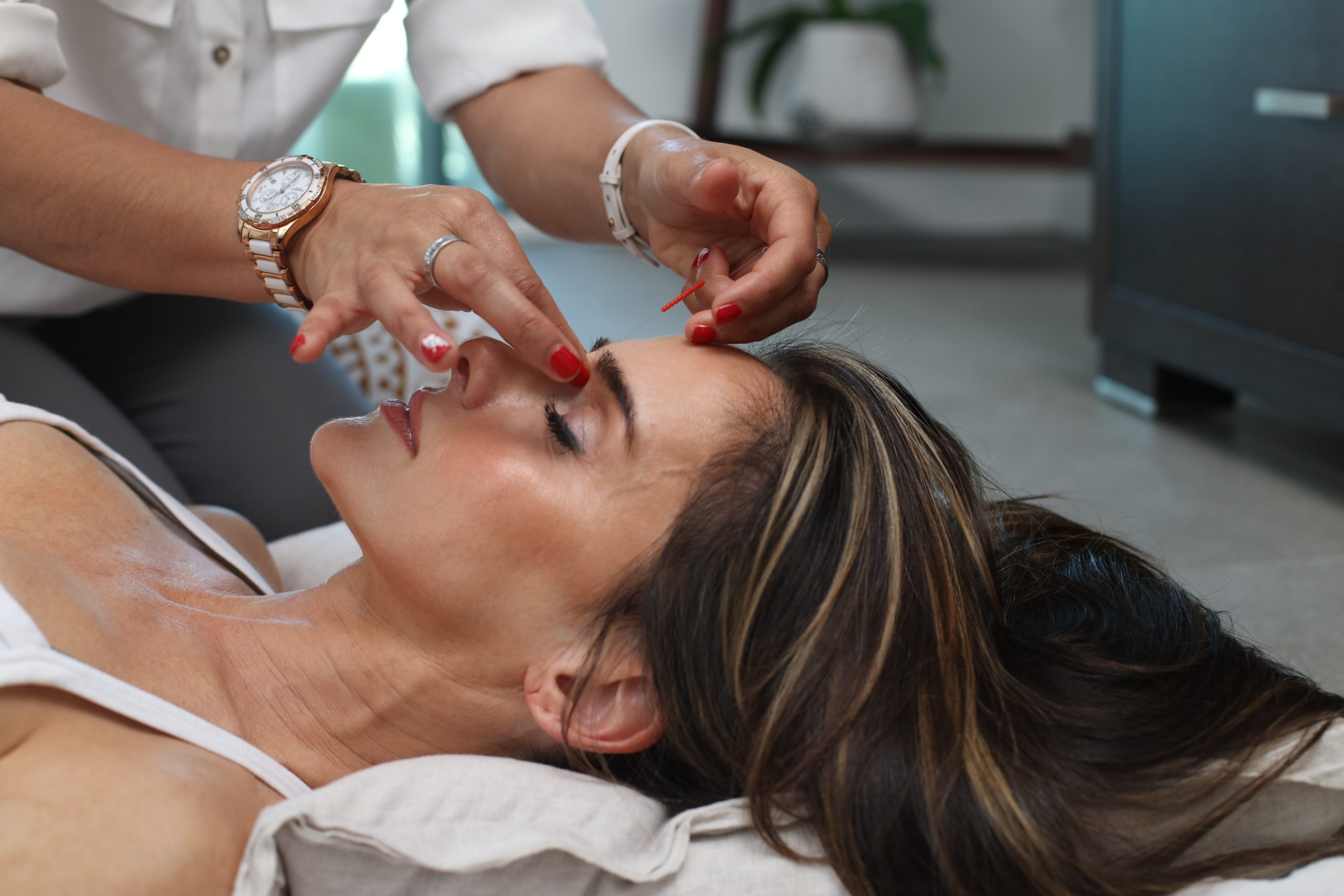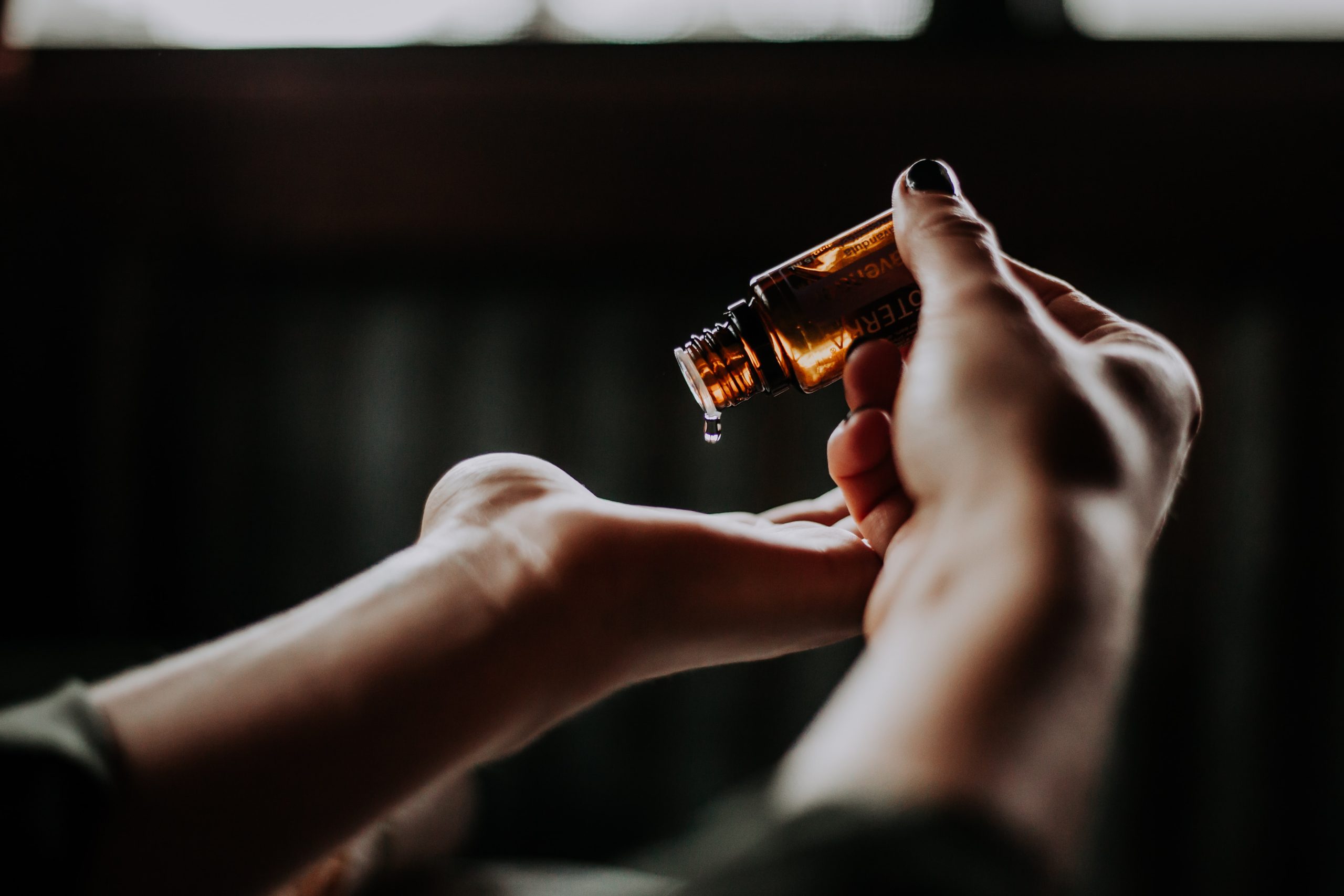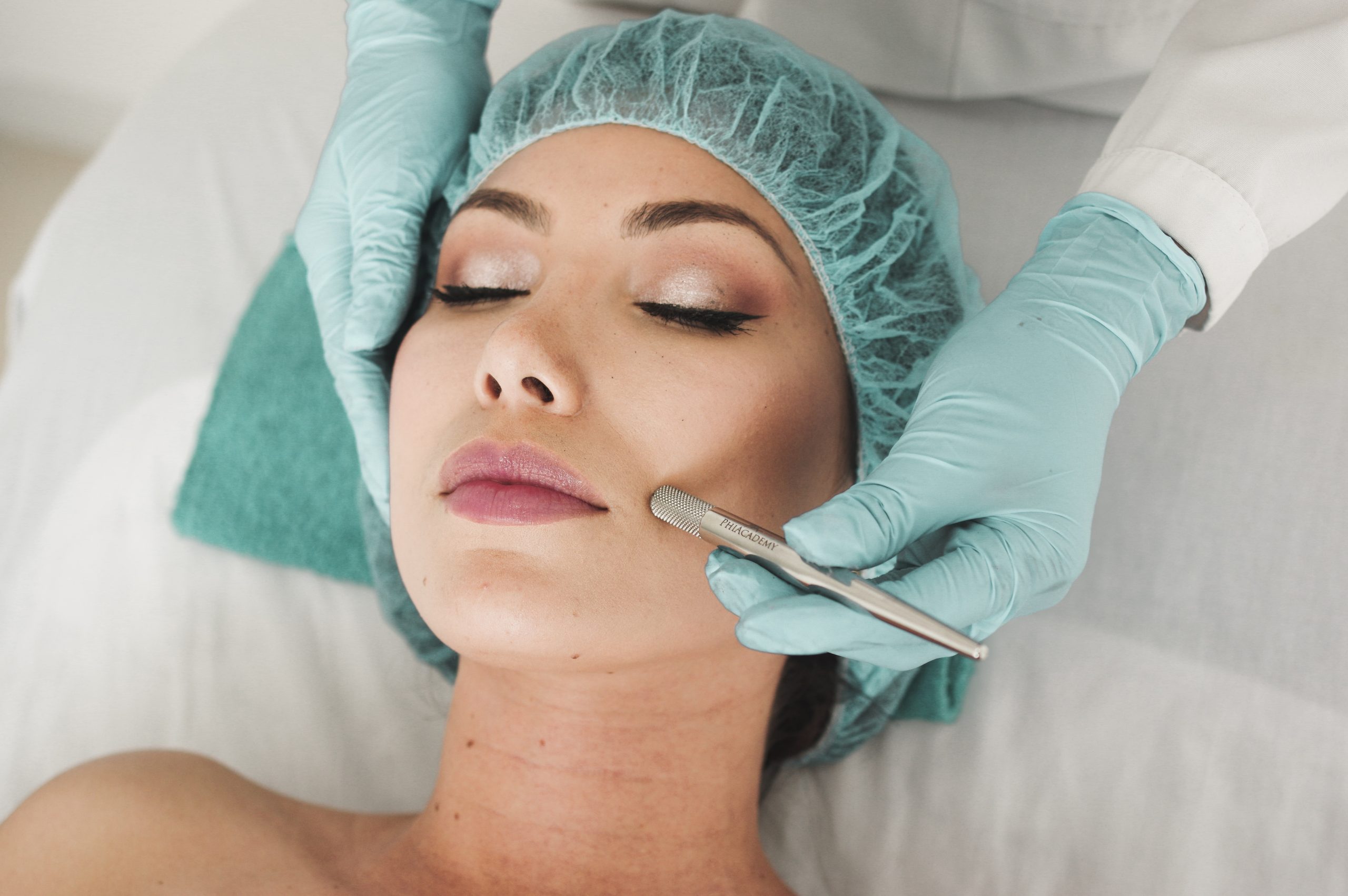Who doesn’t want flawless, radiating skin? But Hyperpigmentation can really impact your skin. So, if you are struggling with this skin issue, let me tell you there are so many products and peels available to treat this. However, with so much cluttered information all over the internet, how to tell which one you need?
Don’t worry we are here to help you out. Today in this blog, we are going to discuss everything about it and the best peel for hyperpigmentation treatment. I know with so many new chemical treatments and solutions, it can be really overwhelming to pick the right one for your skin concerns.
So, without any further ado, let’s begin!
What is Hyperpigmentation?
First of all, let’s start by understanding what exactly hyperpigmentation is. Simply put, it is a common skin condition characterized by patches or areas of skin that are darker than the surrounding skin.
This occurs when the skin produces excess melanin, which is the pigment responsible for giving skin its color. Hyperpigmentation can occur in anyone, but it is more common in people with darker skin texture. As a result, a person experiences an uneven skin tone.

Moreover, there can be many various reasons responsible for it. Here are a few:
Sun exposure
Excessive exposure to the sun can cause hyperpigmentation, especially in individuals with fair & sensitive skin. This is because UV radiation stimulates the production of melanin.
Hormonal changes
Hormonal changes, such as those that occur during pregnancy or other conditions, can cause hyperpigmentation. This is often referred to as “melasma” or the “mask of pregnancy.”
Post-Inflammatory Hyperpigmentation
This occurs when the skin has experienced some form of injury or inflammation, such as acne scars or a skin injury. The area may then darken as a result of the healing process.
Age
As we age, our skin undergoes changes, including the development of age spots, which are areas of hyperpigmentation that occur due to years of sun exposure.
Medications
Some medications can cause hyperpigmentation as a side effect, such as certain antibiotics and antimalarials.
Genetic Factors
Some individuals may be more prone to this skin problem due to genetic factors
How do Chemical Peels work on Hyperpigmentation?
Chemical peels are a common cosmetic procedure that can help with hyperpigmentation, a condition characterized by dark patches on the skin caused by an excess of melanin. They work by removing the outermost layer of the skin, which can contain discoloured or dead skin cells.
The peeling process promotes the growth of new skin cells, which are typically lighter and less pigmented than the dead skin cells they replace. Additionally, some types of chemical peels can also inhibit the production of melanin, which can further reduce the appearance of hyperpigmentation.
Chemical peeling for hyperpigmentation can be done in different strengths, ranging from mild to deep peels. The strength of the chemical peel will depend on the severity of the hyperpigmentation and the patient’s skin type.
It is important to consult with a qualified dermatologist or aesthetician to determine the most appropriate type of chemical peel for your skin type and hyperpigmentation condition. However, these are the top 3 chemical peels for Hyperpigmentation.
- Glycolic acid peel
- Salicylic acid peel
- Trichloroacetic acid (TCA)
Glycolic Acid
Glycolic acid is a type of alpha-hydroxy acid (AHA) commonly used in chemical peels for hyperpigmentation removal. It works by exfoliating the outermost layer of the skin and promoting the growth of new skin cells, which can help reduce the appearance of hyperpigmentation.

During a glycolic peel, a solution containing glycolic acid is applied to the skin and left on for a specified amount of time. The strength of the solution used will depend on the severity of the hyperpigmentation and the patient’s skin type. The solution is then neutralized and removed, and a soothing cream or lotion is applied to the skin.
Glycolic acid peels can be done as a series of treatments over several weeks or months. Depending on the severity of the hyperpigmentation. They are generally safe and effective, but like any chemical peel, there is a risk of side effects such as redness, irritation, and peeling.
Salicylic Acid
Salicylic acid is a type of beta-hydroxy acid (BHA) that is often used in chemical peels to treat hyperpigmentation, acne scars, and other skin conditions. This chemical peel works by exfoliating the outer layer of the skin and unclogging pores. Which can help reduce the appearance of hyperpigmentation.
During a salicylic acid peel, a solution containing salicylic acid is applied to the skin and left on for a specified amount of time. The strength of the solution used will depend on the severity of the hyperpigmentation and the patient’s skin type. The solution is then neutralized and removed, and a soothing cream or lotion is applied to the skin.
Salicylic acid peels can be done as a series of treatments over several weeks or months, depending on the severity of the hyperpigmentation. They are generally safe and effective, but like any chemical peel, there is a risk of side effects such as redness, irritation, and peeling.
TCA Peel
TCA (trichloroacetic acid) peel is a medium depth chemical peel. It is used to improve the appearance of skin by removing the outermost layer of dead skin cells. They can also be used to treat hyperpigmentation. This is when there is a development of darker skin areas than the surrounding skin due to an overproduction of melanin.

During a TCA peel, the acid is applied to the darker skin and left on for a certain amount of time. Depending on the strength of the peel and the desired results. The acid causes the top layer of skin to slough off, revealing fresh, new skin underneath. Moreover, this process can help to reduce the appearance of hyperpigmentation by removing the darkened skin cells.
It’s important to note that TCA peels can have side effects. So, this should only be performed by a trained professional. The strength of the peel and the length of time it is left on the skin must be carefully monitored. This will help in avoiding complications such as scarring or further hyperpigmentation.
The Bottom Line
There are so many new treatments available such as phenol chemical peel, AHA, BHA peel, and so much more. However, after reading this blog, now you can choose the best chemical peel for hyperpigmentation removal. However, their aftercare is also required to maintain the results from these chemical peels. So, make sure you consult a professional dermatologist before going in with any of these chemical peels.

